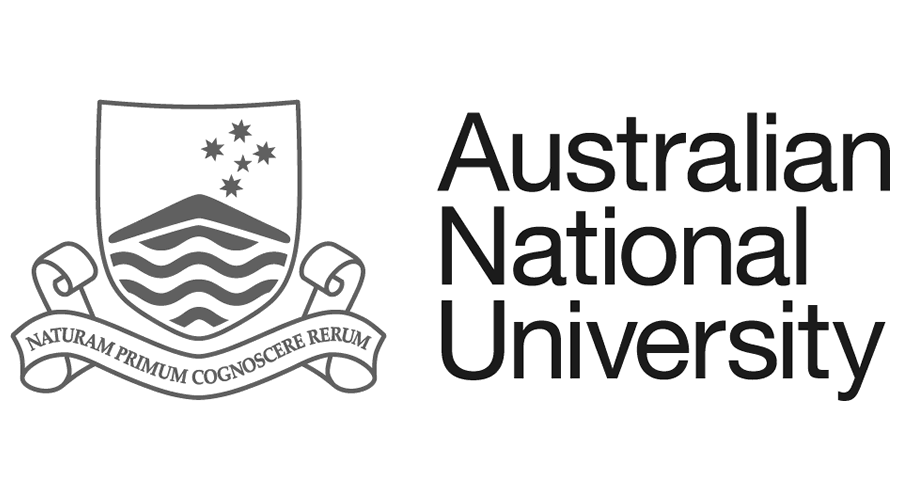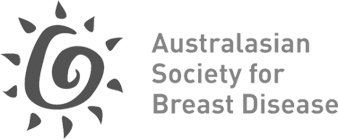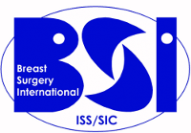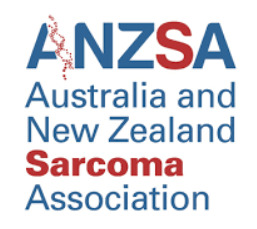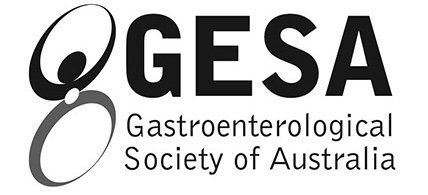
Hookwire Localisation
Why consider a Hookwire Localisation?
Early breast disease is often detected on mammogram or ultrasound before a lump can be felt in the breast.
Surgical excision of that part of the breast may be needed in order to obtain tissue for examination by the pathologist, or for definitive treatment.
What is a Hookwire Localisation procedure?
As some breast lesions may not be felt by you and/or your surgeon from the surface – these lesions may be very small, very deep or not actually forming a lump at all.
A hookwire is a thin wire inserted into the breast under ultrasound or mammogram guidance so the wire tip is next to the breast lesion. This acts as a guide for your surgeon to the area of concern and accurate placement of the wire.
How is a Hookwire Localisation performed?
Most hookwire localisation utilises ultrasound guidance for accurate hook-wire placement. If a breast lesion is invisible on ultrasound, mammogram guided hook-wire placement may be required.
Hook Wires may be placed by a radiologist in the X-ray department under local anaesthetic and with you awake, prior to surgery – the external wire component will be securely taped down so the wire does not move between placement and surgery.
Sometimes, your surgeon will place the wire under ultrasound guidance, with you asleep in the operating room, immediately prior to surgery.
What is the difference between a Hookwire Localisation and Lumpectomy procedure?
Apart from the surgeon using the hookwire to guide him/her to the affected part of the breast there is very little difference.
Hookwire localised breast excisions are usually X-rayed or ultrasound during your operation to confirm accurate removal of the targeted breast lesion.
Post operative recovery is as for a standard breast excision.
Complications with Hookwire Localisation
Occasionally placing a hookwire close to the targeted breast lesion may prove technically challenging or even impossible; in these situations, your surgeon may develop an alternate strategy.
In about 2% of cases, even with successful hookwire localisation, the surgically removed breast tissue may not subsequently yield the targeted lesion – this may necessitate a second operation.





